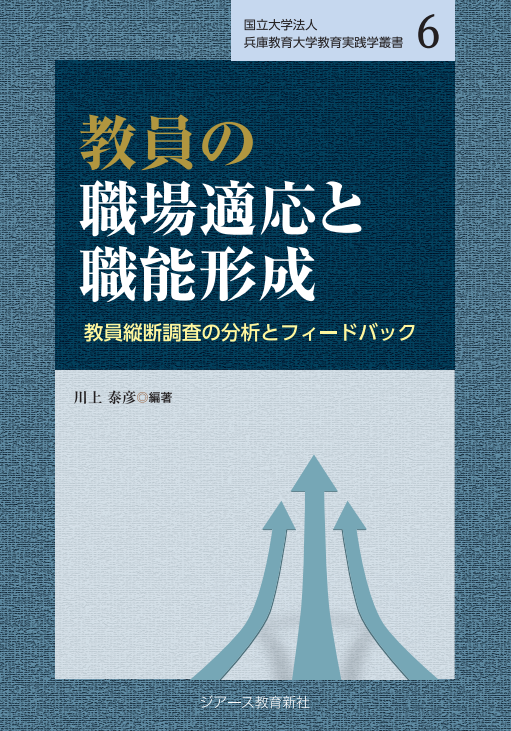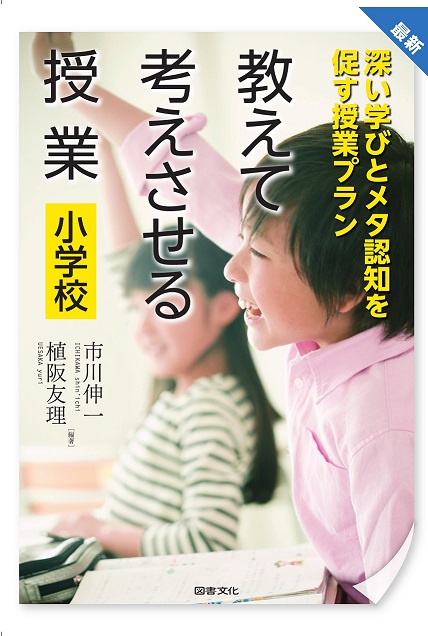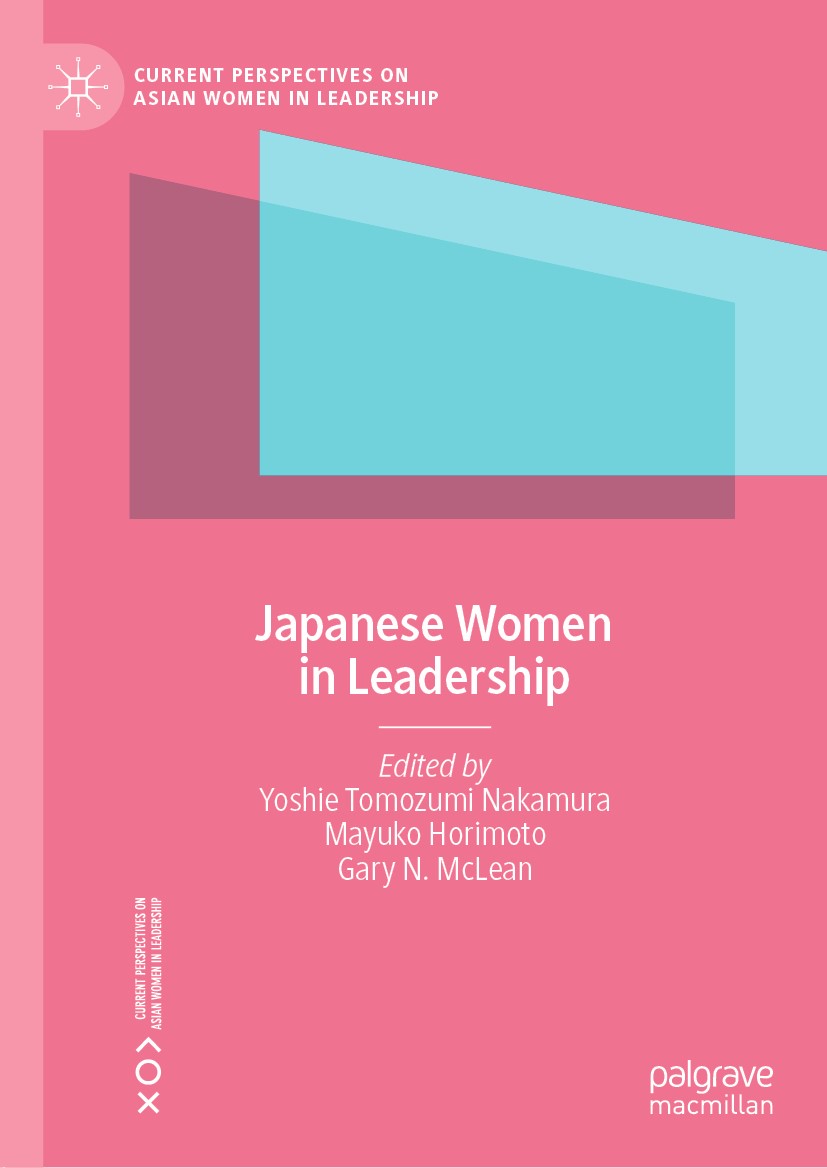
Title
Kyoshi no Koe wo Kiku (Listen to the Voices of Teachers: From Gender Studies of Teachers to Feminist Pedagogy)
Size
384 pages, 127x188mm
Language
Japanese
Released
October 20, 2016
ISBN
978-4-7620-2637-9
Published by
Gakubunsha
Book Info
See Book Availability at Library
Japanese Page
This study started from a simple question: Why is it the case that homeroom teachers of lower-grade classes (1st and 2nd years) at elementary schools are often female, and male teachers increase at higher grades (3rd to 6th years)? Many people may be aware of this through their experience, and it is a fact supported by data. First-year homeroom teachers are 90% female and 10% male. The higher the grade, the larger the proportion of male teachers, and sixth-year homeroom teachers are almost equal in gender proportion (Source: 2013 School Teachers Survey). Why is this the case, and what does this fact represent or establish regarding gender issues among school teachers?
My colleagues and I formed a research group, and we started grappling with this question around 2005, when I was a graduate student, conducting interviews with elementary school teachers. This question seems easy to answer at first glance, but it is in fact very difficult to give a satisfactory answer. It is difficult because school and teaching are one of the most gender-equal platforms in principle. It is true that, during the period between the 1910s and the 50s, women were assigned to take care of small children for the reasons that they had maternal instinct and were feminine, and excluded by higher-grade classroom teachers for the reason that they lacked academic ability. Today, however, we hardly hear of such an experience as being assigned to a certain grade based on their gender.
Nevertheless, the gender imbalance still exists in terms of classroom assignment by grades. Faced with this situation, we tried to raise issues with the gender-related problem among teachers by listening to them about their experiences in terms of classroom assignment by grades and lower-grade education, from both male and female teachers, as well as by picking up multiple versions of opinions. By multiple versions of opinions, we mean not only to collect male and female perspectives, but also to ascertain variants within a single group, as well as within individuals.
This book thus suggests the following: despite the equality norm among teaching, more female teachers are assigned to lower-grade classrooms while male teachers are more likely to be assigned to higher-grade classes, and there is an inherent gender inequality. There lower-grade education is considered as “shadow work,” training children who have entered school, and a discriminatory structure can be pointed out in that female teachers are assigned to that work. Furthermore, this structure suffocates lower-grade education and female teachers, resulting in increased strain on male teachers, who end up over-working. However, alternatives of lower-grade education are also included among the difficulties that female teachers, who deal with the children while performing the role of a trainer, face. Readers will find the details on this point in the text.
It has been more than 10 years since we started working on this project. Many times we went astray and needed to change our mindset. The book describes this journey too, as it unfolded. I hope that readers will be able to share the path of this research and enjoy reading the book.
(Written by ASAI Sachiko, Associate Professor, Graduate School of Education / 2018)



 Find a book
Find a book




